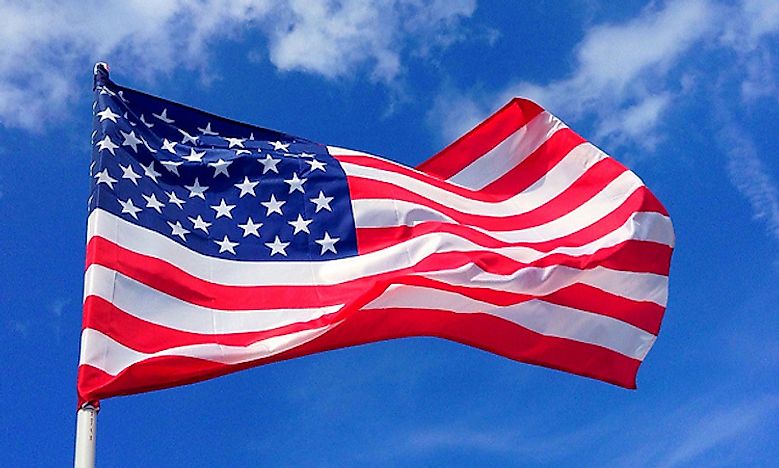
What Do the Colors of the American Flag Mean?
The American flag, also known as the Stars and Stripes or Old Glory, is one of the most iconic symbols of the United States of America. It is a powerful representation of the nation’s history, values, and aspirations. The flag’s design and colors have been carefully chosen to convey specific meanings, and each element holds a unique significance.
The Thirteen Stripes
The American flag features thirteen horizontal stripes, alternating between red and white. These stripes represent the thirteen original colonies that declared their independence from Great Britain in 1776. Each colony had its own unique history, culture, and government, but they united under the common cause of liberty and self-determination. The stripes symbolize the unity and cohesion of the new nation, despite its diverse origins.
The Union: A Symbol of Unity
In the upper left-hand corner of the flag is a blue rectangle known as the union. The union represents the unity of the states under one federal government. It is a reminder that the states are not separate entities, but rather parts of a larger whole. The blue color of the union also symbolizes vigilance, perseverance, and justice.
The Fifty Stars
The fifty stars on the flag represent the fifty states that make up the United States. Each star represents one state, and the number of stars has increased over time as new states have joined the Union. The stars are arranged in nine horizontal rows of six stars each, except for the last row, which has five stars. The arrangement of the stars signifies the equality of all states, regardless of their size or population.
The Colors and Their Meanings
The colors of the American flag each carry a specific meaning:
- Red: Red is the color of courage, strength, and valor. It represents the blood shed by those who fought for American independence and those who have served in the military to protect the nation.
- White: White is the color of purity, innocence, and virtue. It represents the ideals that the United States was founded upon, such as liberty, equality, and justice.
- Blue: Blue is the color of vigilance, perseverance, and justice. It represents the hope and optimism for the future of the nation.
The American Flag as a Unifying Symbol
The American flag is more than just a piece of cloth. It is a powerful symbol that represents the unity, strength, and values of the United States of America. It is a reminder of the nation’s history, its struggles, and its aspirations. The American flag is a source of pride for Americans and a symbol of hope and inspiration for people around the world.
Frequently Asked Questions (FAQs)
Q: What is the official name of the American flag?
A: The official name of the American flag is the "flag of the United States of America." It is also commonly known as the "Stars and Stripes" or "Old Glory."
Q: What are the dimensions of the American flag?
A: The official dimensions of the American flag are 10 feet long by 19 feet wide. The flag is typically flown with the union (blue rectangle) on the left-hand side when viewed from the front.
Q: When should the American flag be flown?
A: The American flag should be flown from sunrise to sunset on all buildings owned or occupied by the federal government. Private citizens are encouraged to fly the flag on national holidays and other special occasions.
Q: How should the American flag be folded?
A: The American flag should be folded into a triangle with the blue union field on the outside. The triangle should be folded lengthwise and then widthwise until it forms a rectangle. The rectangle should then be folded in half lengthwise and secured with a triangle.
Q: What is the proper way to display the American flag?
A: The American flag should be displayed flat or hanging vertically with the union (blue rectangle) on the left-hand side when viewed from the front. The flag should never be allowed to touch the ground.
References





